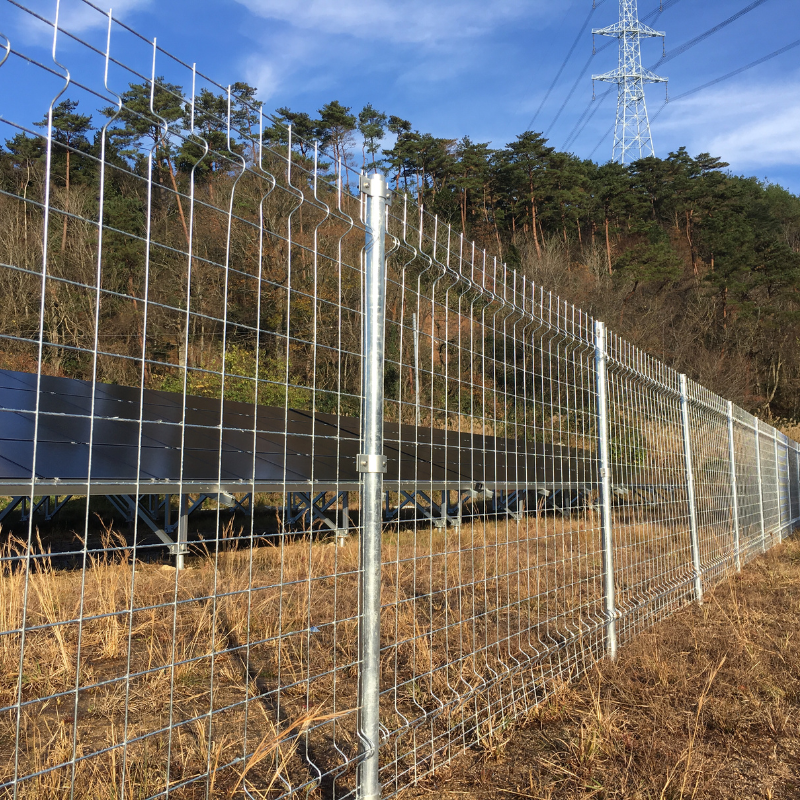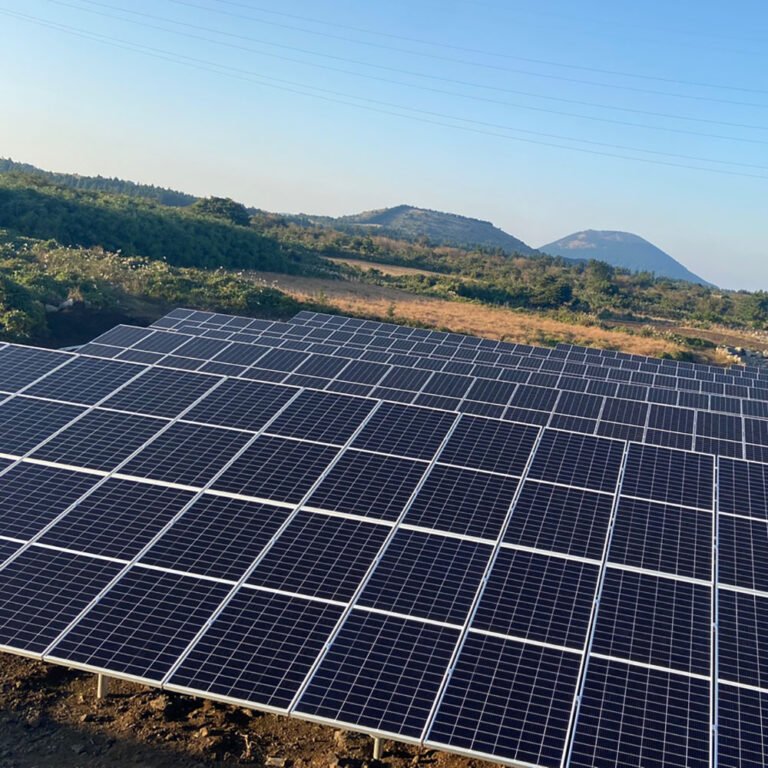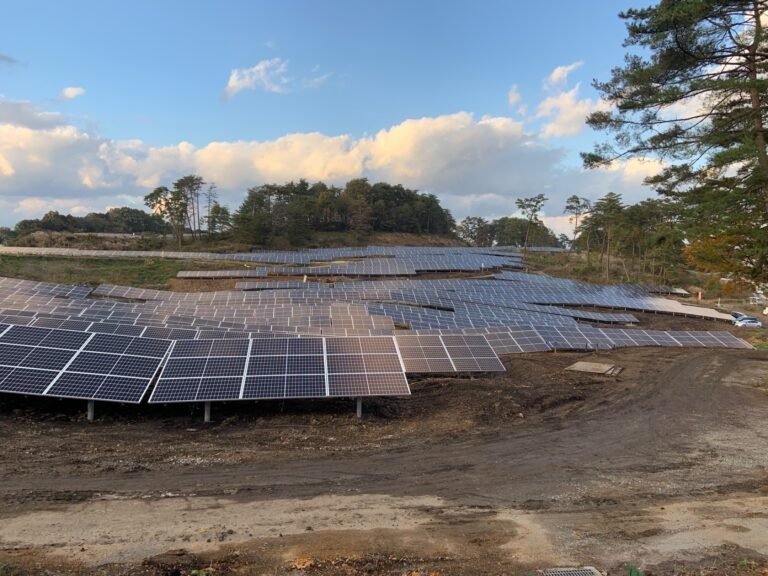-
2103 호실 322호 싱강 원 로드,하이창구,샤먼 푸젠,중국

Fence Installation Standards for Solar Power Plants
Installing a fence around a solar photovoltaic (PV) power station is a crucial part of ensuring safety, security, and regulatory compliance. Fencing helps prevent unauthorized access, equipment theft, and accidental contact with high-voltage areas.
This guide explains the key standards and best practices for selecting and installing fences around solar plants, suitable for global applications.
Table of Contents
Why Fences Are Important for Solar Projects
Fences are critical for:
- Protecting electrical equipment
- Preventing accidents and electrocution
- Deterring vandalism and theft
- Maintaining project compliance and insurance standards
Fence Installation Standards for Solar PV Plants
Below are the five essential criteria you should follow when installing fences:
Height: Prevent Easy Climbing
Fences should be at least 120 cm (4 ft) high to prevent unauthorized individuals from climbing over. Higher fences (up to 2 meters) are recommended for high-risk zones.
Material: Use Durable, Tamper-Resistant Materials
Use welded mesh, steel, or aluminum fencing with anti-corrosion treatments such as hot-dip galvanization. Avoid ropes or temporary plastic barriers.
Distance: Maintain Clearance from PV Equipment
Fences should be placed far enough from solar panels, inverters, or transformers to prevent accidental contact—even if someone reaches over the fence.
Gate Security: Lock All Entry Points
All gates must have secure locks, preferably rust-resistant padlocks. Access should be limited to authorized personnel only.
Signage: Display Warning Signs Clearly
Install “No Trespassing” or “High Voltage” signs at visible locations. Signs should be at least 25cm × 35cm, waterproof, and UV-resistant.

Fence Selection: What to Consider
Choose Rust-Resistant, Weatherproof Materials
Fencing will be exposed to sunlight, rain, and wind, so select materials like:
- Aluminum alloy
- Galvanized steel
- Powder-coated finishes
Also, choose models that pass structural and anti-rust testing.
Visibility: Ensure Inside is Viewable
Select mesh-type fences that allow visibility inside the site. Avoid solid fencing that may block views, which could delay detection of trespassing or fires.
Installation Cost: Compare Construction Methods
You can choose between:
- Concrete-set posts (higher cost, more stable)
- Ground-driven posts (lower cost, quicker install)
Match the installation type to your budget and soil conditions.
Work With Reliable Contractors
Select a contractor with:
- Verified project experience
- Good customer reviews
- Transparent quotations and timeline
When Is a Fence Not Necessary?
While fencing is highly recommended, some exceptions may apply:
1. Remote or Inaccessible Locations
If the solar site is on a steep hillside or far from public roads, and access is physically restricted, fencing may be optional.
2. Agrivoltaic (Solar + Farming) Projects
In dual-use farmland solar systems, fencing may interfere with farm machinery like tractors. In such cases, alternative safety measures may be considered.
What Happens If You Skip Fence Installation?
Failure to install fencing can lead to:
- Legal liabilities in case of accidents
- Insurance disputes over uncovered damages
- Loss of project credibility with investors and buyers

Common Questions About Solar Fence Setup
| Question | Answer |
|---|---|
| Should I fence only the panels or all equipment? | Fence the entire perimeter, including panels, inverters, and transformers. |
| Can I use barbed wire or electric fences? | Yes, but only where local law allows. Combine with standard fencing. |
| How do I confirm my fence meets standards? | Follow local building codes and consult your EPC contractor. |
Local Guidelines and Environmental Considerations
In some regions, authorities or environmental agencies may require:
- Natural color fences (e.g., green or brown)
- Non-reflective materials
- Height limits or permits for fences over 2 meters
Always check with your local permitting office for specific requirements.
Need High-Quality Solar Fencing?
Firstsolar offers:
- Spray-coated metal mesh fences
- Hot-dip galvanized steel
- Custom sizes for 500+ meter projects
Our products are tested for durability, corrosion resistance, and fast installation.
💬 Contact us for free consultations and fencing solutions tailored to your project needs.








